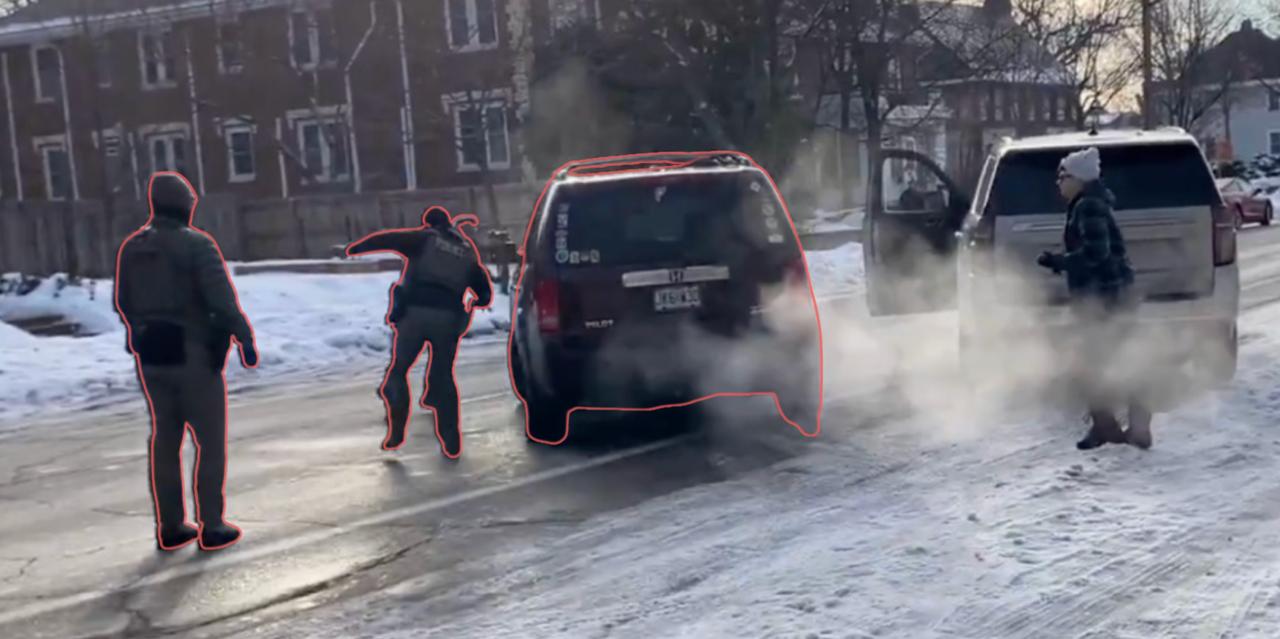Even for a nation as mighty, wealthy, and innovative as the United States, some problems don’t have ready solutions. Instead, we need to try to gather information, limit damage, and perform the needed course corrections. That’s where we are with the outbreak of coronavirus SARS-CoV-2 (the illness caused by which is designated COVID-19).
There are some harsh, even frightening realities.
First, we are past the point at which “containment” (the prevention of spread beyond known sources, such as travelers to China or passengers on an infected cruise ship) can prevent community transmission (human-to-human transmission without a known source). Community transmission is the same phenomenon that enables the flu and common colds to sweep through schools and workplaces. It is still important, however, to try to limit the spread by means of screening, social distancing, and good personal hygienic practices. This has the effect of “flattening the curve”—the graph representing the number of anticipated cases over time.
Flattening the curve is critical, so that hospitals, and especially their ICUs, are not overwhelmed at any given time by a spike in admissions.
[caption id="attachment_181846" align="aligncenter" width="850"] Flattening the curve.[/caption]
Flattening the curve.[/caption]
Reliable knowledge about the penetration of COVID-19 in our communities is critical and depends on the availability of two kinds of laboratory tests. Unfortunately, getting those tests up and running has been a fiasco.
[caption id="attachment_181849" align="alignnone" width="1920"] Testing for the coronavirus.[/caption]
Testing for the coronavirus.[/caption]
TESTING FOR COVID-19
At the beginning of February, when the outbreak of COVID-19 in the U.S. had barely begun and containment was still a possibility, a test developed by the federal Centers for Disease Control and Prevention (CDC), the only one available for this new virus, was sent to state public health laboratories, but it had defects and was unreliable. Last week, with the defects corrected, the CDC ramped up production and sent out more test kits, and only in recent days have public-health labs in most states been able to use them for testing.
“The basic tenet of public health is to know the situation so you can deal with it appropriately ... If you don’t look, you won’t find cases.”
The problem is, these tests lack a necessary component that has to be obtained separately, and which is in short supply. The result is that, as of March 11, South Korea was performing more tests every day—about 10,000 daily—than labs in the United States had conducted in total since the beginning of the outbreak (a few thousand).
That has made effective management of the epidemic impossible. As Marc Lipsitch, professor of epidemiology at the Harvard T. H. Chan School of Public Health, put it, “The basic tenet of public health is to know the situation so you can deal with it appropriately ... If you don’t look, you won’t find cases.”
This situation should improve as more tests are shipped, and, especially, as small clinical laboratories are certified, and high-capacity clinical testing companies come online. It’s important to recognize, however, that, echoing Professor Lipsitch, as the capacity to detect the virus increases, many more cases will be discovered, but that won’t necessarily be a sign of an expansion of the number of infections. (Pundits, investors, and President Trump take notice: As testing ramps up, increasing numbers of confirmed cases does not necessarily represent a worsening of the situation).
That’s far from the entire testing story, however.
The test kits in use in the United States detect viral genetic material—RNA, in the case of coronaviruses—which can be intact infectious material or non-infectious fragments. Once the patient has recovered, and the RNA has been cleared, the tests will yield a negative result. Thus, if we’re trying to ascertain what proportion of the population has experienced any degree of infection (asymptomatic, mild, or more serious), such post-recovery testing yields “false negatives.”
Additionally, essential information about the true incidence of COVID-19 will need to come from "serological tests" that measure anti-coronavirus antibodies in the blood, which will tell us whether a person has been infected with SARS-CoV-2 and recovered. (Note, however, that the antibodies take about 10-14 days from exposure to the virus to appear). Serological tests are currently being used in Singapore and China, and two, which are apparently at an advanced stage of development, are being developed at the U.S. CDC. Their availability and application to large numbers of the population will provide critical data on how widespread in the U.S. COVID-19 infections have been, and when we might expect the epidemic to subside (vide infra).
[caption id="attachment_181847" align="alignnone" width="1920"] CDC tests patients for the coronavirus.[/caption]
CDC tests patients for the coronavirus.[/caption]
PREMATURE SPECULATION AND IMPRECISE MODELS
Two important questions that have been the subject of much speculation among epidemiologists and infectious disease specialists, and which testing will help to answer: how many Americans are likely to be infected, and what percentage of them will die (known as “the case fatality rate”).
Testing will provide a realistic estimate of the actual denominator—the number of infections in the community, including those that were asymptomatic.
Some academics predict that 40-70% of the U.S. population will be infected over the next 12-18 months and that we will then begin to see “herd immunity,” as more and more people in the community develop antibodies to the virus and become resistant to infection. In effect, this is a scenario in which the virus has trouble finding vulnerable “targets.”
Modelers have also made predictions about the case fatality (“death”) rate, or CFR; they assume that the CFR is around 1% and that if half the U.S. population were infected, more than 1.5 million would die, but the CFR in China outside Wuhan, the epicenter of the infection, is 0.7%, and in South Korea is about 0.1%. (This flu season, the circulating flu strains have a CFR of about 0.1%).
Those predictions seem to me to be premature and little more than speculation until we have the kinds of testing results I outlined above. Testing will provide a realistic estimate of the actual denominator—the number of infections in the community, including those that were asymptomatic.
The modelers’ estimate of the CFR is based on foreign data that are incomplete—again, lacking an accurate denominator—and fail to take into consideration the sophistication of U.S. hospitals and the possibility that the zealous efforts to find a drug treatment will be successful. (Dozens of clinical trials of candidates, taking a variety of different approaches, are already underway).
Dr. Anthony Fauci, the highly respected director of the U.S. National Institute of Allergy and Infectious Diseases, agrees. In a co-authored editorial for the New England Journal of Medicine, he wrote:
If one assumes that the number of asymptomatic or minimally symptomatic cases is several times as high as the number of reported cases, the case fatality rate may be considerably less than 1%. This suggests that the overall clinical consequences of Covid-19 may ultimately be more akin to those of a severe seasonal influenza (which has a case fatality rate of approximately 0.1%) or a pandemic influenza (similar to those in 1957 and 1968) rather than a disease similar to SARS or MERS, which have had case fatality rates of 9 to 10% and 36%, respectively.
The bottom line is that we are still very much in what soldiers call the “fog of war,” where unknowns and uncertainty are the order of the day, and missteps will occur. But stay tuned; we’re about to be deluged with critical information that will help to lift the fog.
 We need to get a handle on the actual numbers.
We need to get a handle on the actual numbers.






